March 18th: Vayakhel/Pekuday and Hachodesh
THIS WEEK IN THE TORAH
Rabbi David E. Ostrich
In addition to the regular weekly Torah portion—which completes the Book of Exodus, our sacred calendar also calls upon us to prepare for Passover. Thus do we also reread the original instructions for Passover (from Exodus 12). These instructions are well known and often recited, but, this year, I learned something new. As the ancient sage, Ben Bag Bag, said: “Turn it over and over again, for everything is there (in the Torah). And look deeply into it; And become gray and old therein; And do not move away from it, for you have no better portion than it.” (Pirke Avot 5.22)
We know about the instruction: “All the assembled congregation of the Israelites shall slaughter the lamb at twilight. They shall take some of the blood and put it on the two doorposts and the lintel of the houses in which they are to eat it.” (Exodus 12.6-7)
And we know the purpose: “For that night, I will go through the land of Egypt and strike down every first-born in the land of Egypt, both human and beast and I will mete out punishments to all the gods of Egypt, I the Lord. And the blood on the houses where you are staying shall be a sign for you: when I see the blood, I will pass over you, so that no plague will destroy you when I strike the land of Egypt.” (Exodus 12.12-13)
If I had ever been asked where on the doorposts and lintels they painted the blood, the answer would have been pretty obvious: the outside. How else could the Angel of Death know which houses to Pass Over? However, as I recently learned, several commentators insist that the blood was painted on the inside of the doors.
They reread the above passage and notice the clause, “the blood on the houses where you are staying shall be a sign for you.” For YOU! I always figured that the “for you” means “for the benefit of you Israelites.” However, the Mechilta and Rashi say that the blood is to be on the inside so the Israelites can see it. Ibn Ezra explains that this placement is to prevent panic among the Israelites when they hear the cries of pain and grief from their Egyptian neighbors. They can look at the blood and remember God’s promise and protection.
The first nine plagues are meant to show God’s power to Pharaoh and the Egyptians. This one’s audience is also Israel. As we read earlier: “Then the Lord said to Moses, ‘Go to Pharaoh. For I have hardened his heart and the hearts of his courtiers, in order that I may display these My signs among them, and that you may recount in the hearing of your sons and of your sons’ sons how I made a mockery of the Egyptians and how I displayed My sins among them—in order that you may know that I am the Lord.’” (Exodus 10.1-2)
Another distinction of Plague #10 is that the Israelites themselves participate in it. If they do not kill the lamb and paint their doorposts—and roast the lamb over fire and eat it with matzah and bitter herbs, then they are not included in the salvation.
This notion of participatory miracles and salvation is an important theme for the Rabbis. As appreciative as they are for miracles, there is also the realization that miracles are few and far between. If we do nothing but sit around and wait for God to solve our problems, many would not be solved. This double-sided view of miracles—hoping for and believing in them, but not wanting to ignore the human role in solving our own problems—is reflected in a Midrash that we have in our prayer books (page 38):
“When the Israelites stood on the Egyptian side of the Red Sea, terrified at the onrushing chariots, Moses lifted up his rod to divide the waters, but nothing happened. Nothing happened because Moses and the Israelites were waiting on God for the miracle. Then Nachshon, an Israelite filled with faith and bravery, jumped into the water and started walking. ‘By our faith shall these waters be divided,’ he shouted, and everyone followed him in. When all the people were in the sea—with the water up to their noses—only then did the sea part, and the Children of Israel could walk through on dry land.” (Talmud Sotah 37a and Bemidbar Rabbah 13.7)
By the way, this Rabbinic notion that God helps those who help themselves is not only a Jewish insight. Many ancient cultures shared this insight—though the ancient Greek version was phrased in polytheistic terms the gods help those who help themselves. So when Benjamin Franklin put it in Poor Richard’s Almanac, he was quoting from the ubiquitous wisdom to which all humanity has access.
